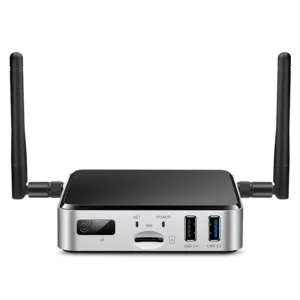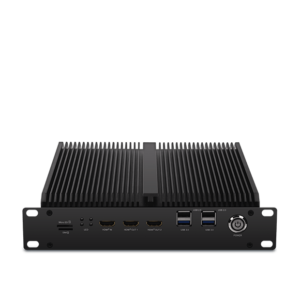A Detailed Guide to Deploying AI on Side Devices
A Detailed Guide to Deploying AI on Side Devices
Blog Article
AI on Side Products vs. Cloud AI: Pros and Cons
Real-World Purposes of AI on Side Products
Artificial intelligence (AI) is no more confined to the world of big, centralized information centers. Thanks to improvements in engineering, side devices today perform a key position in deploying AI directly where data is generated. But what does AI on edge devices suggest, and how come it creating this kind of buzz? Here, we'll examine how embedded edge ai works in actuality through edge devices and discover their wide selection of practical applications.

What's AI on Side Units?
AI on side products identifies deploying synthetic intelligence methods entirely on units like smartphones, cameras, drones, or IoT sensors. These units do not require use of centralized machines for running knowledge; alternatively, they conduct evaluation and choices domestically, creating the method faster, better, and frequently more secure.
The "edge" here simply describes processing done close to or at the origin of knowledge technology, rather than depending on the cloud. That shift is pushed by the requirements for real-time information handling and the necessity to reduce latency, enhance solitude, and minimize bandwidth usage.
Essential Real-World Purposes of Side AI
1. Wise Surveillance
AI-powered cameras designed with skin acceptance, activity detection, and anomaly detection are transforming monitoring systems. Edge products in this domain may analyze video streams in real-time to recognize suspicious activities, eliminate false alerts, and increase public safety. Like, AI calculations can discover uncommon activities and alert authorities straight away without the need to deliver movie knowledge to a central host for analysis.
2. Healthcare Monitoring
Wearable devices and portable medical gear are leveraging ai m.2 module for handling health data more efficiently. Edge-based AI in units like health trackers and smartwatches displays users' vitals, such as for instance heart rate, oxygen levels, or blood stress, in real-time. These programs analyze information domestically and offer immediate feedback, paving the way in which for faster intervention throughout emergencies.
Beyond wearables, advanced medical imaging products designed with on-device AI may detect signals of conditions like cancer, allowing early in the day diagnoses even yet in distant places without internet connectivity.
3. Autonomous Cars
Self-driving cars are among the most well-known samples of edge AI in action. With devices, cameras, and LiDAR methods helping as information options, AI computations get place onboard these vehicles to make split-second decisions. From sensing pedestrians and limitations to moving city roads, side AI ensures that the vehicle operates reliably and efficiently. The real-time control convenience of side products removes the reliance on high-latency cloud techniques, ensuring safety in life-critical scenarios.
4. Retail Analytics
Side devices in retail situations are supporting firms analyze customer behavior. Intelligent shelves and AI-equipped cameras can discover customer tastes, monitor supply, and also modify in-store activities in real time. The data developed from these units helps stores make educated decisions, improve customer care, and optimize supply management.

5. Professional IoT
Factories and industrial crops are adopting edge AI to revolutionize their monitoring and automation processes. AI-powered sensors on equipment find possible errors long before they cause costly failures. Predictive maintenance pushed by edge AI reduces downtime, improves output, and ensures security on the manufacturing floor.
6. Individualized Activities in Customer Units
Your smartphone is a perfect exemplory instance of how edge AI personalizes consumer experiences. Features such as for instance voice personnel, adaptive camera options, and on-device language translation use real-time AI to respond to user needs without sending sensitive data to additional servers. This fosters equally convenience and privacy for the finish user.
The Growing Impact of Edge AI
The adoption of AI on edge units continues to surge, pushed by industries' raising demand for low-latency, real-time computing, and larger data privacy. Its purposes are reshaping industries ranging from healthcare and automotive to public security and retail. By getting AI's power nearer to where knowledge is developed, side units are not just increasing effectiveness but also demonstrating the limitless potential of invention in today's attached world. Report this page